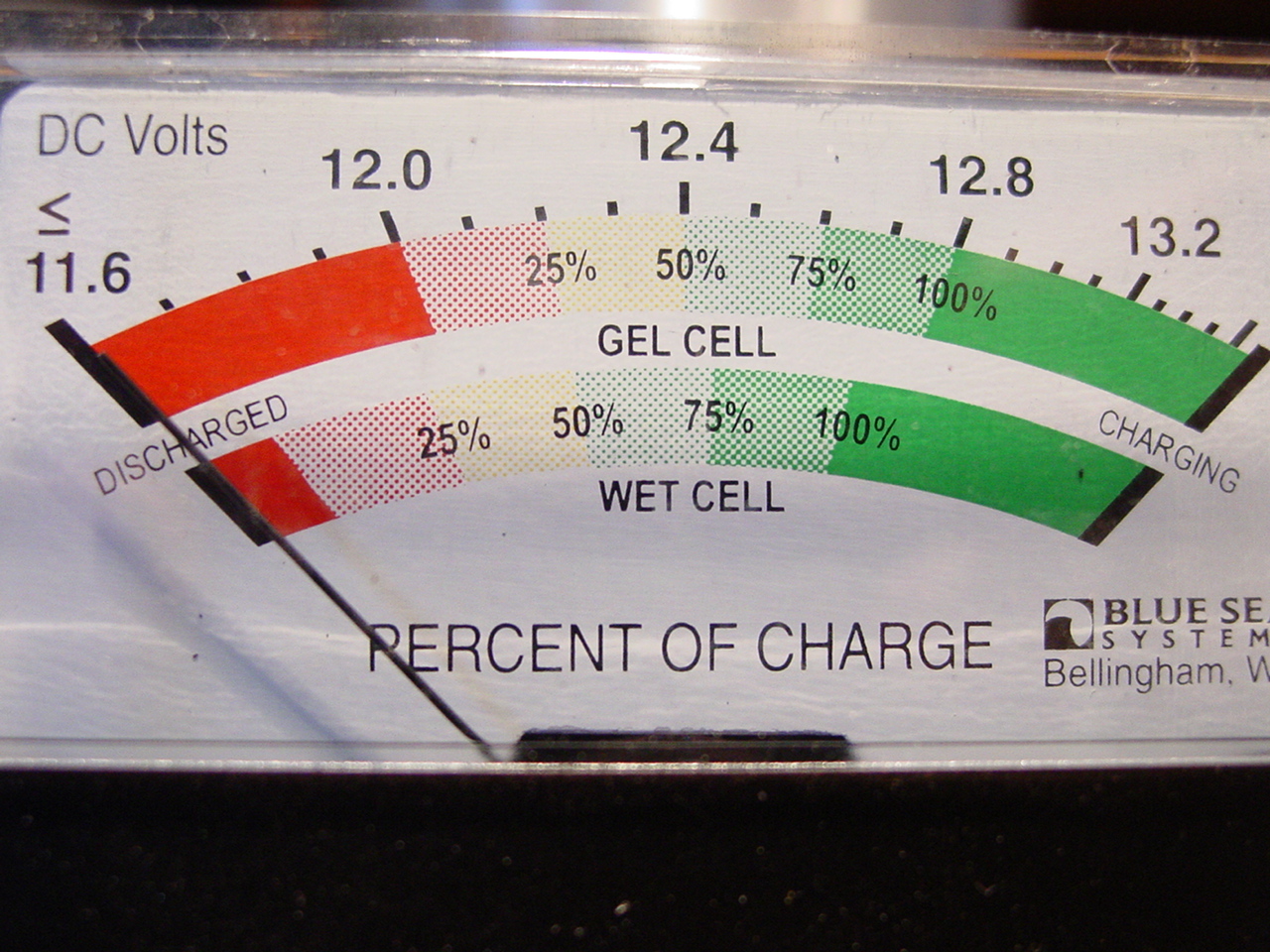I replaced house/crank batteries in 2011. Boat used lightly. Batteries on charger. No crank now. Before I blow $600-$800 on new - I want to just do the proper checks.
1. Is four years about fair expectations?
2. Did my light use contribute to the batteries' downfall?
3. Can someone give me a basic lesson on electrolyte maintenance?
Thanks. I should look these up, but has been heavy demand year from work and family. My maintenance practice is off.
Having just gone through this exercise last week I will throw in my two cents worth.
My batteries gave up the ghost after two years.They were also a dual crank/house set up(Federal 908DF),a cell died in one of the batteries and as the batteries were linked in parallel this damaged the second battery, resulting in the replacement of both batteries!That cost me $1,400.00
After quizzing the electricians who sold and installed the original wet cell batteries,the company that manufactured the batteries, the company that sold me the new up market charger/inverter and the company that sold me the new replacement AGM batteries I have the following observations;
1/ the battery manufactures will always blame the charger, it is their default position
2/ the company who built the charger will blame the battery manufacturer for providing sub standard batteries
3/ the company who sold and installed the wet cell batteries will cite the 12 month warranty condition , and then charge you $120 to confirm the batteries they originally sold you are kaput
4/ the new company providing the AGM batteries will confirm that the original wet cell Ferderal batteries were not deep cycle marine batteries but tricked up Truck starting batteries, with very thin plates that were bound to fail
5/ you will bear the financial cost for any and all of the above.
6/ your hair will either go grey or fall out altogether, and your dentist will advise you to stop grinding your teeth.







